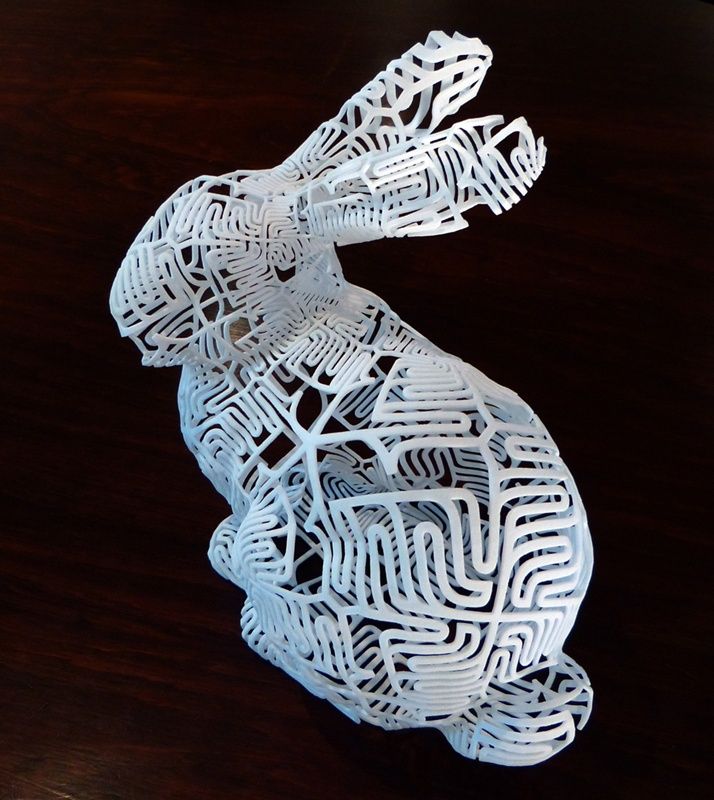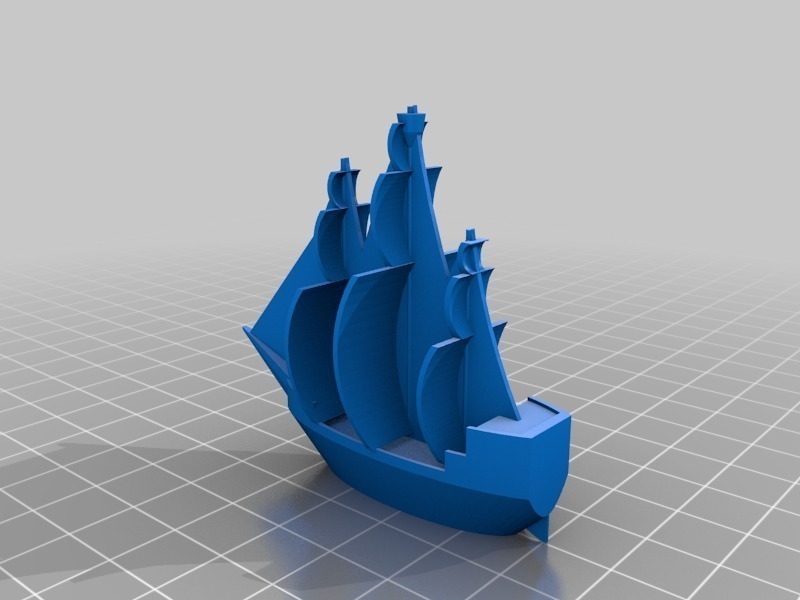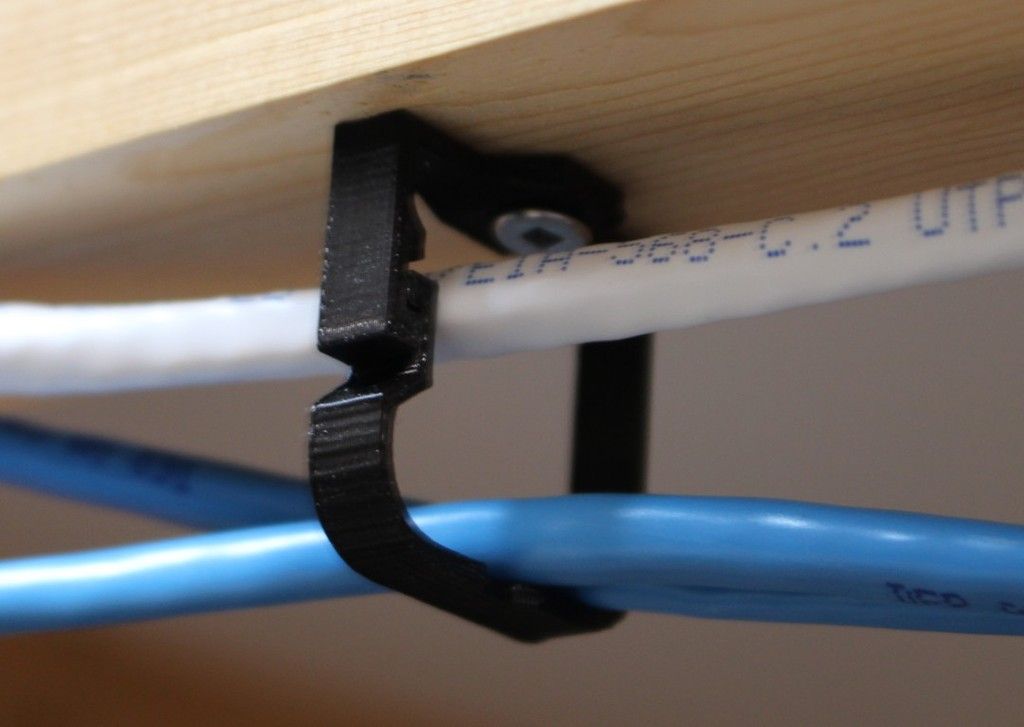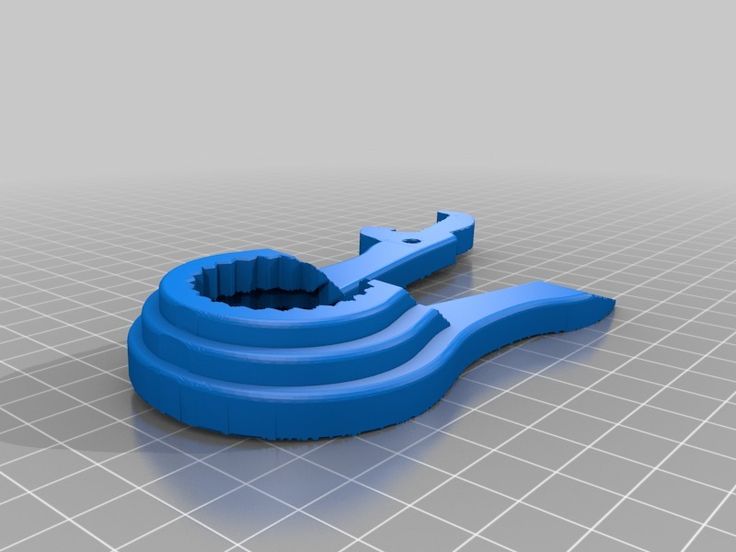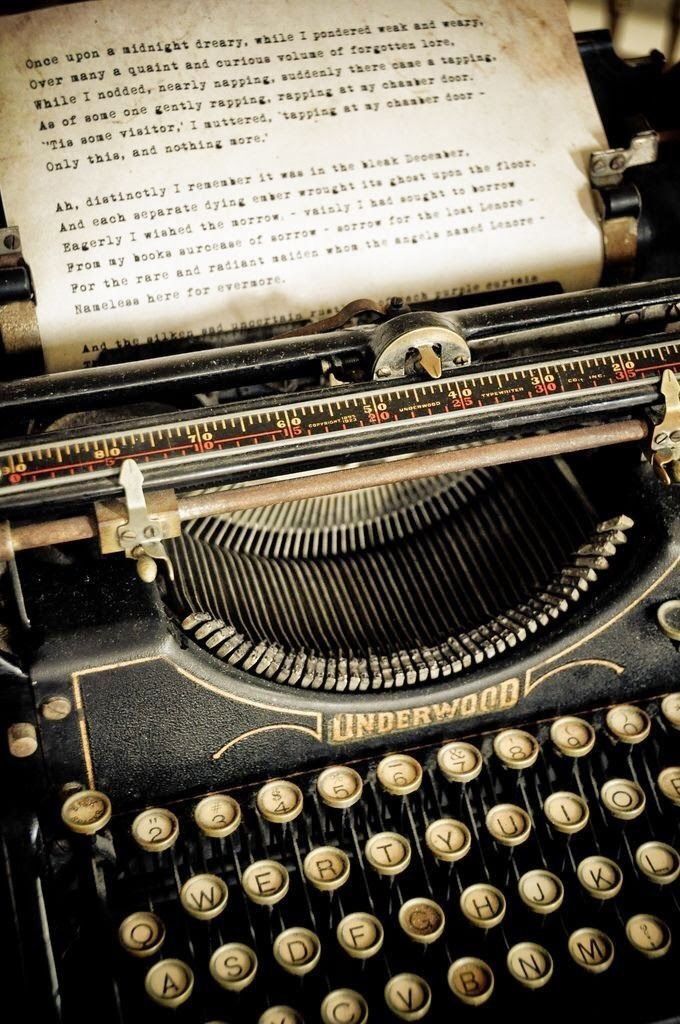3D printer africa
3D printing offers African countries an advantage in manufacturing
Thousands of years ago, the blacksmith led a technological leap in sub-Saharan Africa. West Africa’s Nok culture, for example, switched from using stone tools to iron around 1500BC. Imagine an innovative artisan like this re-emerging in the 21st century equipped with digital technologies.
This is not Wakanda science fiction. It is the story of a real promise that 3D printing holds for an industrial revolution on the African continent.
3D printing, also known as additive manufacturing, is a fabrication process in which a three-dimensional object is built (printed) by adding layer upon layer of materials to a series of shapes. The material can be metal, alloys, plastics or concrete. The market size of 3D printing was valued at US$13.78 billion in 2020, and is expected to grow at an annual rate of 21% to a value of US$62.79 billion in 2028.
Not only is it a different way of physically making objects, 3D printing also changes the picture of who can participate in industry – and succeed.
3D printing is an excellent match for smaller operators because it does not require huge capital investment. It is also the best fit for “newcomers” while established operators are locked in the old manufacturing method. The new technology is a great opportunity for developing countries to leapfrog over developed countries.
In a recent paper, we reviewed the evolution of 3D printing technologies, their disruptive impact on traditional supply chains and the global expansion of the 3D printing market.
We show that conditions in the African context are favourable for technological leapfrogging, and propose that universities, industries and government can work together to support this, giving small and medium enterprises a key role.
We illustrate our argument using South Africa and Kenya as examples.
Technological leapfrogging
Technological leapfrogging is related to technology lock-in.
Lock-in happens when an established technology continues to dominate the market even after the arrival of a new and superior technology. The older technology remains successful not because it’s better but because it got the advantages of an early lead in the market.
The older technology remains successful not because it’s better but because it got the advantages of an early lead in the market.
In developed countries, where the older technology has taken hold, it’s difficult for new, radical technologies to get a start. Too much has already been invested in the old ways.
But it’s different in developing countries. Less has been invested in older technologies. And almost everyone is starting from the same point; the the cell phone is an example.
For a long time, the African continent has lagged behind the rest of the world in manufacturing. A recent report indicates that while Africa is home to 17% of the world’s population, it accounts for only 2% of global manufacturing value added. 3D printing presents an opportunity to revive this sector through technological leapfrogging.
African countries meet the four key conditions highlighted by scholars for technological leapfrogging:
There must be a large difference between the wage costs of the leading nation and potential challengers.

The new technology must appear initially unproductive and less profitable relative to the old.
Experience in the old technology must be less useful and less transferable to the new technology.
The new technology must, in the long run, improve productivity and efficiency.
To take the first condition, the wage cost of an average African country is a small fraction of the wage cost in a developed country. For example, according to the latest estimates, the average annual income in Nigeria is US$2,000, compared with US$64,530 for the United States.
3D printing is initially unproductive because of lower initial rates of adoption. This means a smaller market and limited profit opportunities.
Looking at the third condition, 3D printing is not an incremental improvement on what went before, so experience in the old technology does not count for much.
On the fourth condition, one of the strongest arguments for 3D printing is that it flips the dominant logic of traditional manufacturing: scale economies. Big multinational manufacturing corporations invest heavily in machinery, logistics and other material and human resources for mass production. They make big profits only if they sell enough units. The more they sell, the bigger their profit margins.
Big multinational manufacturing corporations invest heavily in machinery, logistics and other material and human resources for mass production. They make big profits only if they sell enough units. The more they sell, the bigger their profit margins.
3D printing doesn’t need centralised high-volume production and large inventory stocking. Suddenly, it pays to produce fewer units. There is no need for heavy investment in manufacturing plants, because 3D printers come in various smaller sizes and at lower costs. There is now a growing market for budget and do-it-yourself 3D printers that cost less than US$200.
Smaller and more sustainable
All this shifts the advantage in favour of micro, small, and medium scale enterprises.
Firstly, it offers greater reward for creativity and ingenuity. Like the African blacksmith of yore, additive manufacturers can design customised, higher value products in response to specific demands and requirements.
The proximity of 3D printing shops to customers is another advantage as it reduces logistics costs and supply chain challenges.
Sustainability is another benefit: the process produces only what is needed. It can reuse waste material.
Micro and small-scale 3D printing shops can offer work and income opportunities for households.
University, industry and government
Our study proposes a way for the university, industry and government sectors on the African continent to work together to harness the opportunities offered by 3D printing. These domains – producing knowledge, producing goods and regulating economic relations – have tended to be disconnected. Instead, we argue that greater integration can encourage innovation.
We give examples from South Africa and Kenya to illustrate the challenges and opportunities.
In South Africa, universities are leading the drive to provide training and retraining programmes for engineers, technologists and other professionals involved in 3D printing. Much more needs to be done to develop new curricula, research and programmes in additive manufacturing.
Kenyan universities are at an earlier stage, focusing on convening networking and knowledge exchange events.
In the government sector, South Africa has the most detailed policy document of any African country on 3D printing. The country’s 3D printing strategy is being led through the Ministry of Science and Technology, and through agencies such as the Council for Scientific and Industrial Research and Technology Innovation Agency. In the industry sector, South Africa’s Rapid Product Development Association works closely with the government to organise conferences, workshops and community engagement activities.
The results so far
The South African 3D printing industry has had considerable success in recent years, driven by a growing community of enthusiasts and designers.
Small enterprises and startups are making inroads in areas such as 3D printing of cell phone accessories, car accessories, and jewellery. In 2014, South African doctors used 3D-printed titanium bones to perform a jaw-bone transplant surgery, the second in the world. There are also recent applications of 3D printing in housing.
There are also recent applications of 3D printing in housing.
The three spheres need to do more work in research investment, policy interventions and strategic public procurement. And they need to cross boundaries. Universities can commercialise and contribute to policies. Industry can invest in research and influence policies. Governments can play in the market and in knowledge production.
Hack for good |
What is HackforGood?
3D Africa HackForGood is a three-day design and prototyping contest that will provide young people from across Nigeria with access to cutting-edge technology, expert instruction, and world-class mentoring to empower them to develop a functional prototype that addresses the real-world needs of their communities. HackForGood provides university-age students, recent graduates, and early-stage entrepreneurs with the opportunity to develop the world’s next best innovation, transforming the mindset from “Aid to Africa” to “Made in Africa.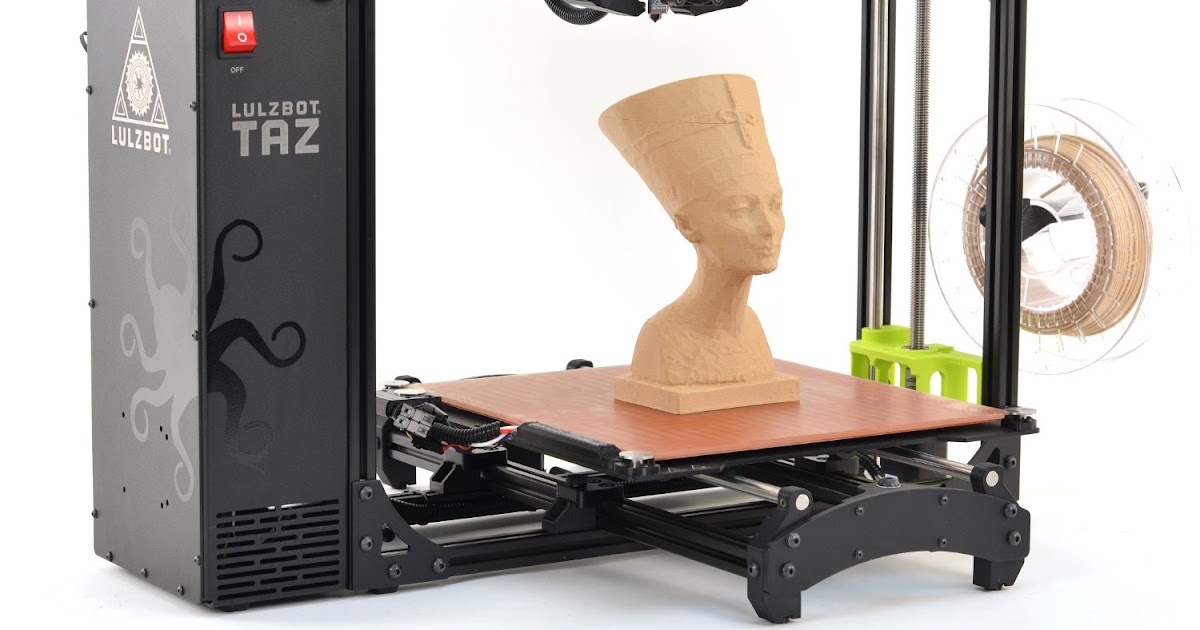 ”
”
As the world’s only Fourth Industrial Revolution innovation lab hosted in partnership with the education community and the private sector, HackForGood empowers youth to future-proof themselves by exposing them to emerging technologies like 3D printing, robotics, artificial intelligence, blockchain, and the Internet of Things so that they can become the innovators, job creators, and highly skilled employees that the future of work requires.
Over the course of 72 hours, participants work together in teams to ideate, design, and create a technological solution that has the potential to accelerate economic and social growth while forging meaningful partnerships. The prototypes developed at HackForGood have the capacity to be further developed into scalable solutions that can deliver global impact.
Teams of young innovators – including current students, recent graduates, start-up entrepreneurs, tech enthusiasts, and creatives – will be selected through a rigorous application process and invited to join the HackForGood 2019 cohort.
Youth for Technology Foundation (YTF) is proud to be partnering with Federal University of Technology, Akure (FUTA) who will serve as the academic host for HackForGood 2019.
Since 1981, FUTA has been among Nigeria’s top-ranked universities. FUTA boasts 8 schools, specialized research facilities, and a population of approximately 20,000 undergraduate students. FUTA has produced more than 25,000 graduates who are trailblazers in different economic sectors. In 2019, FUTA’s excellence was recognized by the Scimago Institutions Rankings by being named the number two university in the nation!
Registration for HackForGood 2019 is now closed. Thank you to all who applied.
Join our mailing list to be the first to know the latest announcements from 3D Africa.
Objectives
- To allow a diverse group of youth to experience 4th Industrial Revolution technologies – such as 3D printing, IoT development, bit data, Machine Learning, and artificial intelligence – first-hand and embrace design thinking skills and iterative prototyping to create next-generation hardware solutions and connected devices.

- To transform the mindset of young Africans from “Aid to Africa” to a “Made in Africa” narrative by encouraging innovation and entrepreneurship.
- To provide a platform for young technologists, creatives, and students to gain feedback from industry experts and develop relationships with mentors and prospective employers while gaining the in-demand skills that private sector employers need.
Theme
The theme for HackForGood 2019 will be Transforming the Narrative from “Aid to Africa” to “Made in Africa”. Participants will include university age students, recent graduates, and early-stage entrepreneurs from all regions of Nigeria who will work in teams to address some of the world’s most urgent problems in the areas of payments, transportation, healthcare, agriculture, and security. The technology solutions that the HackForGood 2019 cohort will develop will directly address the Sustainable Development Goals.
Why Do We HackForGood?
Africa’s workforce is expected to be the largest in the world by 2040. While 10 million young people enter the workforce in Africa every year, only 3 million formal jobs are created. This leads to a lot of competition for every job and a large percentage of unemployed and underemployed youth. To compound this issue, some estimates suggest that two thirds of the jobs that currently exist in developing nations will be wiped out by technological innovations like automation and robotics.
While 10 million young people enter the workforce in Africa every year, only 3 million formal jobs are created. This leads to a lot of competition for every job and a large percentage of unemployed and underemployed youth. To compound this issue, some estimates suggest that two thirds of the jobs that currently exist in developing nations will be wiped out by technological innovations like automation and robotics.
By 2050 as many as 47% of jobs will be automated, including yours. As innovations in artificial intelligence, robotics, and machine learning bring us virtual assistants, wearable health technology, autonomous vehicles, and many more we haven’t yet conceived of, industries and economy are being transformed at a rapid pace. While these new technologies have brought unimaginable benefits, they also are disrupting many industries and changing the way we work.
The goal of this challenge is to create mock-ups or prototypes of products, services and ideas that are able to generate social and economic value for the community by hacking common objects and using open data, public APIs, frameworks for fast prototyping and software development, micro-controllers, sensors, and 3D Printers.
Industry 4.0 Technologies
The Fourth Industrial Revolution technologies that will be leveraged by the HackForGood 2019 cohort will include:
3D PrintingMachine LearningIoTBlockchainAugmented/Virtual RealityAIIndustry Domains
Participants will use emerging technologies in creative and innovative ways to benefit people and the environment with a view to offering solutions in a range of fields including:
Banking FinanceHealthcareTransportationSecurityAgricultureSome Details from Previous Years’ Contests
HackForGood 2018, held on August 2nd through the 4th at University of Lagos (UniLag), attracted over 200 participants including students, university graduates, technology entrepreneurs, innovation leaders, intrapreneurs, and industry professionals from around the world.
Demographics of our Past Cohorts
Visit the 2018 Photo Gallery
2018 Program and Agenda
2018 Student Ambassadors
Read: “Transforming the Continent’s Narrative from Aid to Africa to Made in Africa”
Would you like to nominate a Nigerian university to become a 3D Africa HackforGood academic partner in future?
Click here to learn more.
How Does It Work?
Over a 24 hour period, you’ll work in a team of 3-5 hackers to make anything your heart desires! We will provide you with a bunch of prototyping resources. At the end of day 3, we’ll have a judging period to choose the winners of 3D Africa HackForGood.
Who Can Attend?
All undergraduate and graduate students are welcome. We also welcome recent graduates and early-stage entrepreneurs. You simply have to apply and be accepted into the program. We are also looking for volunteers to participate over the course of 3 days. If you’d like to volunteer, email us to get involved.
I Have Never Participated in a Hackathon. Can I Still Apply?
Ofcourse! We love newbies. We encourage makers and innovators of all skill levels to come build and learn with us! There will be mentors on site, and we will be sure to help you out as much as we can by providing hands-on instruction as well as MOOCs (Massive Open Online Courses) to help you learn while doing.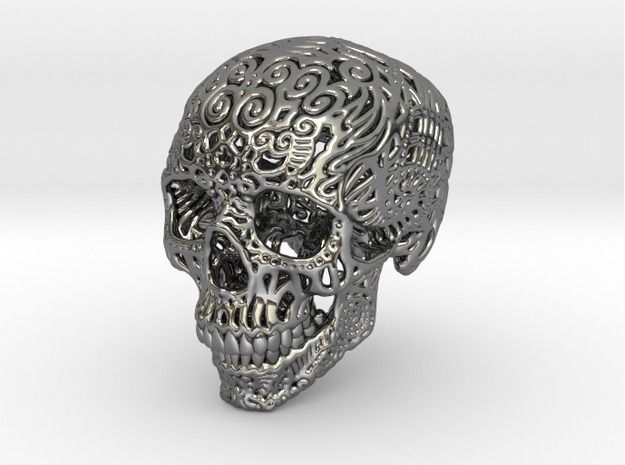
How Much Does It Cost?
There is no cost to participate. We will provide you with food and drinks and all of the materials and tools you’ll need to bring your idea to life. Join us, and let’s make something together.
Are you providing travel reimbursements?
We have a limited number of travel subsidies available for individuals facing difficult circumstances who are unable to fund their own transportation to the venue. If you believe you fall in this category, please send us an email explaining your circumstance and why you should be considered.
How Do I Apply?
You simply have to apply and be accepted into the program. Acceptance is granted on a rolling basis. Once you are notified that you have been accepted, you have one week to accept your spot.
What Hardware Will be Available?
There will be 3D printers, laser cutters, Arduino single-board micro-controllers, Raspberry Pi single-board computers, and other gadgets provided.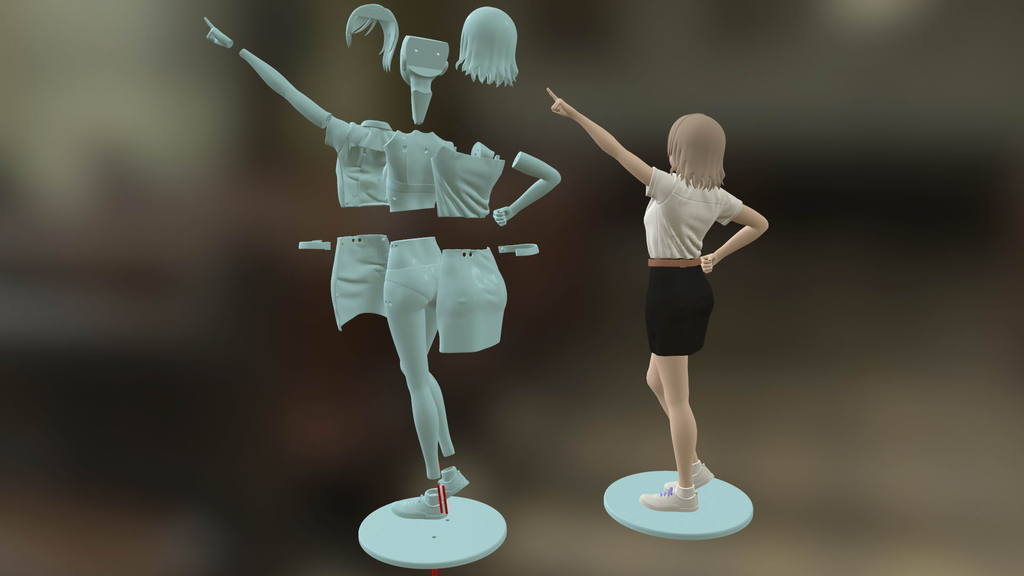 If there is a specific hardware you want to hack, feel free to send us an email and we will see if we can make it happen!
If there is a specific hardware you want to hack, feel free to send us an email and we will see if we can make it happen!
What Should I Bring?
You will need an ID card to register, and we recommend you bring a laptop for hacking. Student IDs are accepted.
What Size Should Teams Be?
Teams will be made up of 3 to 5 people. You will have an opportunity to form a team on the first evening when you have had the chance to meet other participants.
What Should I Make?
Whatever you want provided the product solution addresses a real need in your community and context. We prefer you come with an open mind and ask that you do not start building or coding anything before the event actually starts. Whatever you choose to make, it will be your responsibility to ‘sell’ your invention to the judges.
How Does Judging Work?
Our judges will base their evaluations on three criteria: user interface (functionality), real world potential (creativity) and execution (awesomeness)! All teams will be invited to present their inventions at the end of the hackathon and prizes will be awarded to the 1st and 2nd place winners.
Can I Nominate My University to Host?
Yes! If you would like to nominate a Nigerian university to become a 3D Africa HackforGood academic partner in future, please
email us the name of your university.
Other Questions?
Do you have a question that was not listed? Send us an email. We’d be delighted to help answer any of your questions.
Intellectual property rights
All submissions to 3D Africa HackforGood remain the intellectual property of the individuals or organizations that developed them. By registering, consenting to the terms of the Hackathon, and entering a Submission, however, the Participant agrees that the organizers and technology partners reserve an irrevocable, nonexclusive, royalty-free license to use, distribute to the public, and publicly display and perform a Submission for a period of one year starting on the date of the announcement of contest winners as an example of work. We require participants to open source their projects to both share their hacks with the greater community and promote innovation in this space.
Protection of intellectual property
By submitting a 3D Africa HackforGood Entry or accepting any prize, you represent and warrant the following: (a) you will not submit content that is copyrighted, protected by trade secret or otherwise subject to third party intellectual property rights or other proprietary rights, including privacy and publicity rights, unless you are the owner of such rights or have permission from their rightful owner to post the content and to grant 3D Africa HackforGood all of the rights granted herein; (b) you will not publish falsehoods or misrepresentations that could damage 3D Africa HackforGood , Sponsors, or any third party; (c) you will not submit content that is unlawful, obscene, defamatory, libelous, threatening, pornographic, harassing, hateful, racially or ethnically offensive, or encourages conduct that would be considered a criminal offense, give rise to civil liability, violate any law, or is otherwise inappropriate or destructive to 3D Africa HackforGood ’s or Sponsors’ brand image or goodwill; (d) you will not post advertisements or solicitations of business; (e) 3D Africa HackforGood will not be obligated to pay any compensation to, or permit any participation by, any third party in connection with the use, reproduction, modification, publication, display or other exploitation of any of the content that you submit; and (f) the content submitted by you does not contain any viruses, Trojan horses, worms or other disabling devices or harmful code.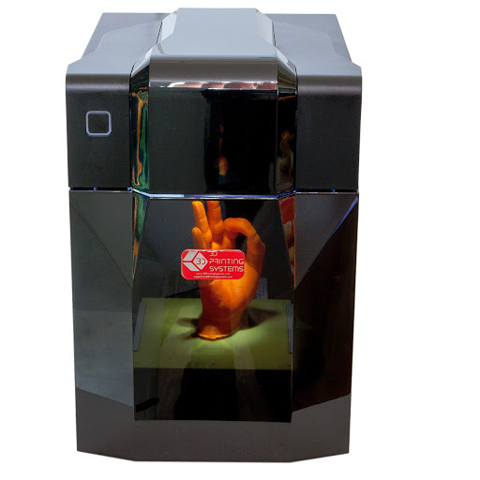
By posting or submitting a 3D Africa HackforGood Entry to the Contest (regardless of the form or medium of such content), you hereby grant 3D Africa HackforGood , Sponsors, their respective affiliates, and their affiliates’ agents and third party contractors, without additional consideration, a worldwide, perpetual, irrevocable, non- exclusive right and license, with the right to sublicense, to discuss, publicize, market and otherwise display content derived from or relating to the 3D Africa HackforGood Entry (“Marketing Content”), and to distribute and use such Marketing Content for promotional and marketing purposes (either in the form submitted or in the form of a derivative or adapted work). You understand that you will not receive any compensation or credit for use of your 3D Africa HackforGood Entry, other than what is described in these Official Contest Rules.
Copyright
Participant represents and warrants that he or she is the sole author and copyright owner of the Submission, and that the Submission is an original work of the Participant, or if the Submission is a work based on an existing application, that the Participant has acquired sufficient rights to use and to authorize others, including the 3D Africa HackforGood , to use the Submission, as specified in the “Intellectual Property Rights” section of the Rules; and that the Submission does not infringe upon any copyright or upon any other third party rights of which the Participant is aware, and that the Submission is free of malware.
Eligibility
3D Africa HackforGood organizers will have the right at their sole discretion to determine whether an entrant is eligible for the Contest. 3D Africa HackforGood may disqualify, at organizers’ sole discretion, 3D Africa HackforGood entries (including, without limitation, content submitted in connection therewith) that (a) are in violation of third party rights or law or regulation, (b) use inappropriate or explicit language or images, or display content that 3D Africa HackforGood or Sponsors otherwise finds objectionable or inconsistent with 3D Africa HackforGood or Sponsors’ brand image or goodwill.
3D Africa HackforGood can accept only those 3D Africa HackforGood Hackathon Entries that are completed and submitted as described above and that conform to any technical requirements specified as part of the entry process. 3D Africa HackforGood Hackathon entries that do not comply with the provisions of these Official Contest Rules will be deemed ineligible and will not be considered.
Winner selection/Judging criteria
The Contest winners will be selected by a panel of judges (“Judges”).
By submitting any 3D Africa HackforGood Entry, entrants release 3D Africa HackforGood Sponsors, their respective subsidiaries, affiliates, directors, officers, employees, representatives, agents, and advisors from any and all liability for any claims, costs, injuries, losses, or damages of any kind arising out of or in connection with the decisions of the Judges.
Awards
Contest prizes are non-transferable by the winner. If you accept a prize, you will be solely responsible for all applicable taxes related to accepting such prize.
Conduct
By entering this Contest, you agree to be bound by these Official Contest Rules. To the maximum extent permitted by law, 3D Africa HackforGood reserves the right to change these Official Contest Rules at any time. You further agree to be bound by the decisions of 3D Africa HackforGood and the judges which shall be final and binding in all respects.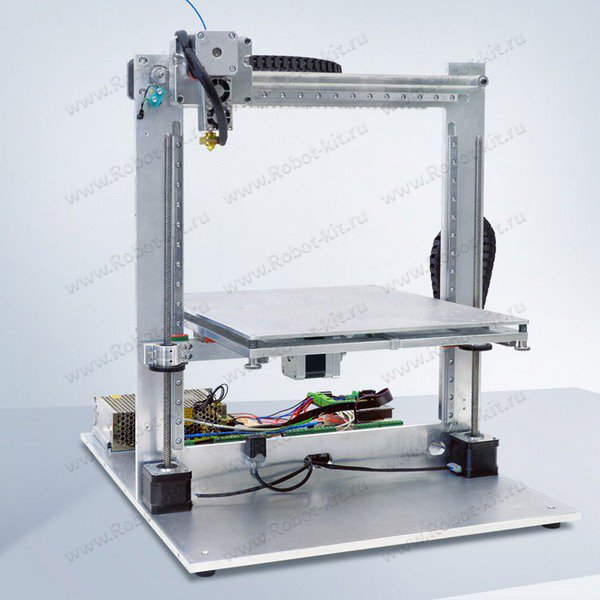 3D Africa HackforGood reserves the right, at its sole discretion, to disqualify any individual that tampers or attempts to tamper with the 3D Africa HackforGood Entry process or the operation of the Contest or web site; violates the Official Contest Rules; or acts in a manner that goes against our Code of Conduct.
3D Africa HackforGood reserves the right, at its sole discretion, to disqualify any individual that tampers or attempts to tamper with the 3D Africa HackforGood Entry process or the operation of the Contest or web site; violates the Official Contest Rules; or acts in a manner that goes against our Code of Conduct.
Each 3D Africa HackforGood 2019 prototype will be judged using 4 key criteria:
- IMPACT: Innovation / Ambition /Creativity
- TECHNOLOGY: User Interface / User Experience /Ingenuity
- MARKETABILITY: Overall Quality
- COLLABORATION: Quality of Pitch/Impact
A. IMPACT
Innovation / Ambition/Creativity
- Is the idea unique, or a different take on an existing problem?
- What was added to the prototype that made it special or more useful?
- Is the idea behind the prototype ambitious? Creative?
- Did the prototype execute upon the theme/category chosen?
B. TECHNICAL ACHIEVEMENT
TECHNICAL ACHIEVEMENT
Ingenuity/User Interface / User Experience
- Does the prototype look professional or is it sloppy?
- Apart from the end product, did the team use a particularly elegant or interesting construction technique?
- Is the workflow intuitive?
- Is the prototype easy to use?
- How clever or innovative was the approach the team used to build the project?
C. MARKETABILITY
Overall Quality
- Does the prototype work completely from start to finish?
- How many and how severe were any flaws or bugs encountered?
- Is there anything in the product that wasn’t fully implemented?
- Did the team scope their prototype features well given the time frame of the hackathon?
D. COLLABORATION
Quality of Pitch / Impact
- Is the team able to leverage their backgrounds and strengths to collaboratively solve the challenge?
- Is the team able to explain their idea coherently and within the 6 minute timeframe allotted?
Each judge will assign a score between 10 and 50 inclusively for each of the four criteria, with 10 being unexceptional and 50 being exceptional. Total Number of Points Achievable is 200.
Total Number of Points Achievable is 200.
Stay Tuned for Announcements of the 2019 Judges’ Panel.
Judges Portal
Subscribe
Sign up with your email address to receive 3D Africa HackforGood updates
First name *
Last name *
Email Address *
$100 Rubbish 3D printer from Africa – 3dprofy
Turch January 8th, 2015
Many people would like to have their own 3D printer, but few can figure out how to create one themselves. But the inventor from West Africa (Togo) Kojo Afate Gnikow did: he created a fully functional device for 3D printing from various garbage - broken scanners, computers, printers, as well as leftover electronic and electrical equipment. Remarkably, the printer cost the inventor only $100.
Inventions from Africa
African countries are considered by many to be backward countries, but the industrial revolution is also taking place here. For example, the talented Gnikow works in the Togolese Republic as an inventor at WoeLab. And he is developing many useful technologies that will someday be used around the world. With his homemade 3D printer, he wanted to prove that if you really want something, you can easily realize your plans. The use of garbage is also not accidental: it so happened that a lot of computer garbage has accumulated in the valley of the Republic of Ghana, which, oddly enough, is taken out of European countries and the United States. Local residents find a lot of interesting things in the landfill, which Gnikow also took advantage of.
And he is developing many useful technologies that will someday be used around the world. With his homemade 3D printer, he wanted to prove that if you really want something, you can easily realize your plans. The use of garbage is also not accidental: it so happened that a lot of computer garbage has accumulated in the valley of the Republic of Ghana, which, oddly enough, is taken out of European countries and the United States. Local residents find a lot of interesting things in the landfill, which Gnikow also took advantage of.
The first printer from waste
The inventor found many useful parts, enlisted the support of like-minded people from his company, as well as 3D printing experts. In 9 months, they were able to win a hackathon hosted by NASA in Paris. Afate's task was to draw attention to the state of the African IT community. Having collected all the necessary money - about 3,500 euros - he creates a working prototype of the first 3D printer, assembled entirely from electronic waste.
The first model was printed on the device on October 13, 2013 - it was a simple pen holder with the meaningful name "The right to dream". By the way, the printer is an open technology, that is, diagrams, instructions are in the public domain - you can download them and try to assemble the printer yourself.
What are the prospects?
In addition to the desire to prove that everyone is capable of more, Afate pursued another more important goal - to open access to 3D technologies to the African population. If earlier these countries imported mainly expensive European equipment that was beyond the means of local residents, now they themselves can create no less efficient and effective models of 3D printers. Today, Afate himself conducts master classes for developers from different African countries. Thanks to the search for a solution to the problem of recycling electronic waste, a way was found to create equipment from them.
What is the printer made of?
As components for his device, Afate picked up tracks, belts of old scanners, cases of old computer models, parts from a floppy drive, some parts had to be bought in addition. With this device, you can print various household items that are sometimes very difficult to find in Africa. The printer consists of two DVD drives, a floppy drive, which drive the motors of the device. In addition to these components, the model includes wires, a power supply (it came from an old computer), and an extruder. The printer was named W.Afate - from the name of the company WoeLab "W" and the name of the inventor Afate.
With this device, you can print various household items that are sometimes very difficult to find in Africa. The printer consists of two DVD drives, a floppy drive, which drive the motors of the device. In addition to these components, the model includes wires, a power supply (it came from an old computer), and an extruder. The printer was named W.Afate - from the name of the company WoeLab "W" and the name of the inventor Afate.
By the way, Afate himself planned to create special robots based on electronic waste, which would be sent to Mars to build dwellings for the colonialists there. True, experts note that such projects are too expensive: for example, to send a kilogram of weight into low Earth orbit, it will take from $ 10,000.
For information
The UN is seriously concerned about the growth of e-waste in West Africa. Every year, a huge number of tons of old computers, mobile phones, household appliances and electronics, which contain toxic substances, are taken here. Due to the fact that all this waste is not recycled, there is a serious threat to the local population. At the same time, in Africa itself, due to the low level of prosperity, equipment is used infrequently, but at the same time, waste does not become less.
Due to the fact that all this waste is not recycled, there is a serious threat to the local population. At the same time, in Africa itself, due to the low level of prosperity, equipment is used infrequently, but at the same time, waste does not become less.
W.Afate is a 3D printer built from garbage. Social projects of 2013 that surprised us
This information is gathering dust in the archive - it suddenly became outdated.
The Agbogbloshi Valley in the Republic of Ghana, West Africa, has become a gigantic dumping ground for computer junk in recent years. Every year, about 515 tons of electronic waste are brought here from Europe and the USA. Locals, mostly children, come here looking for parts to resell, but alas, 93% of old office equipment is burned, and poisonous smoke poisons the lives of the inhabitants of the surrounding cities.
Interactive infographic (hover over red dots)
Site infographic //ulule. me Reproduced with the permission of the owners. CC BY 2.0
me Reproduced with the permission of the owners. CC BY 2.0
African researchers, makers and programmers from West Africa's first hackerspace and fab lab, Woe Lab Togo, took on this massive problem as a challenge: to figure out how to draw attention to the Agbogbloshi problem, find a use for waste, and thereby reduce the percentage of burning garbage.
At the ArchiCamp2012 hackathon, the Woe Lab Togo team, led by a young geographer and maker Afate Gniku, assembled the first 3D printer in the country using a Prusa Mendel kit brought from France. Then Afate came up with the idea - to make a working 3D printer from waste found in the Agbogbloshie valley.
Afate quickly found like-minded people in Sename Coffey, creator of the Woe Lab, and Julien Desprez, a 3D printing specialist and researcher at Cergy-Pontoise University in Paris.
In just nine months of work, the Afate team was able to win the Space Apps Challenge hackathon organized by NASA in Paris in April 2013, attract the attention of the French and African IT community, raise the money necessary for work (only 3,500 euros) using a crowdfunding platform ulule. fr and create a working prototype of the first 3D printer made entirely of e-waste.
fr and create a working prototype of the first 3D printer made entirely of e-waste.
On October 13, 2013, the W.Afate printer printed its first object - a pen holder with the motto "The right to dream".
Photo: WoeLab Togo. The first object printed on a WAfate printer: a pen holder with the motto "The right to dream".The W.Afate printer is open source, and schematics and assembly instructions are available to anyone interested.
"This project is in the spirit of what is now called the "democratization of technology." Our goal is equal access for all segments of the African population to 3D printing. We used to have to wait months for expensive Western printers to arrive, but soon the African community will be able to build their own 3D printers using what we have at hand. The right to dream means Africa's right to move from being a passive observer to becoming an active participant in the development of 3D printing,” explains Senameh Coffey.
Today, Afate is giving workshops to young African developers, teaching them how to assemble printers and perfecting the design of the printer with them.


